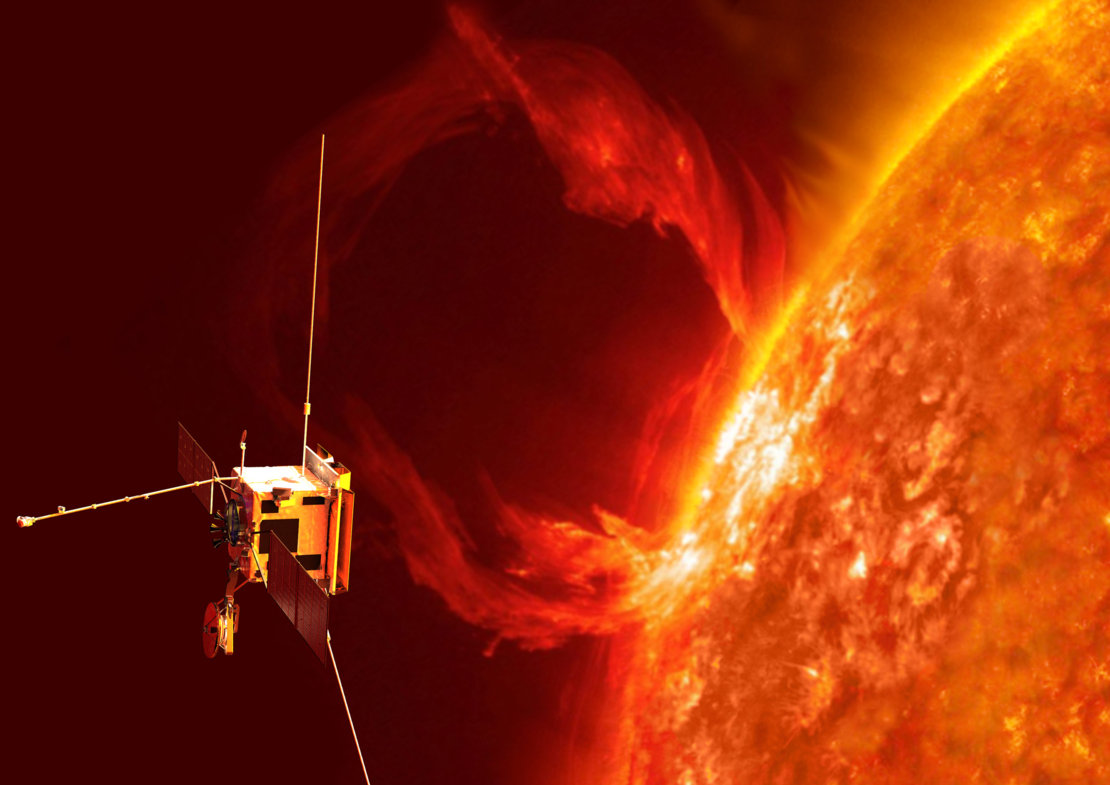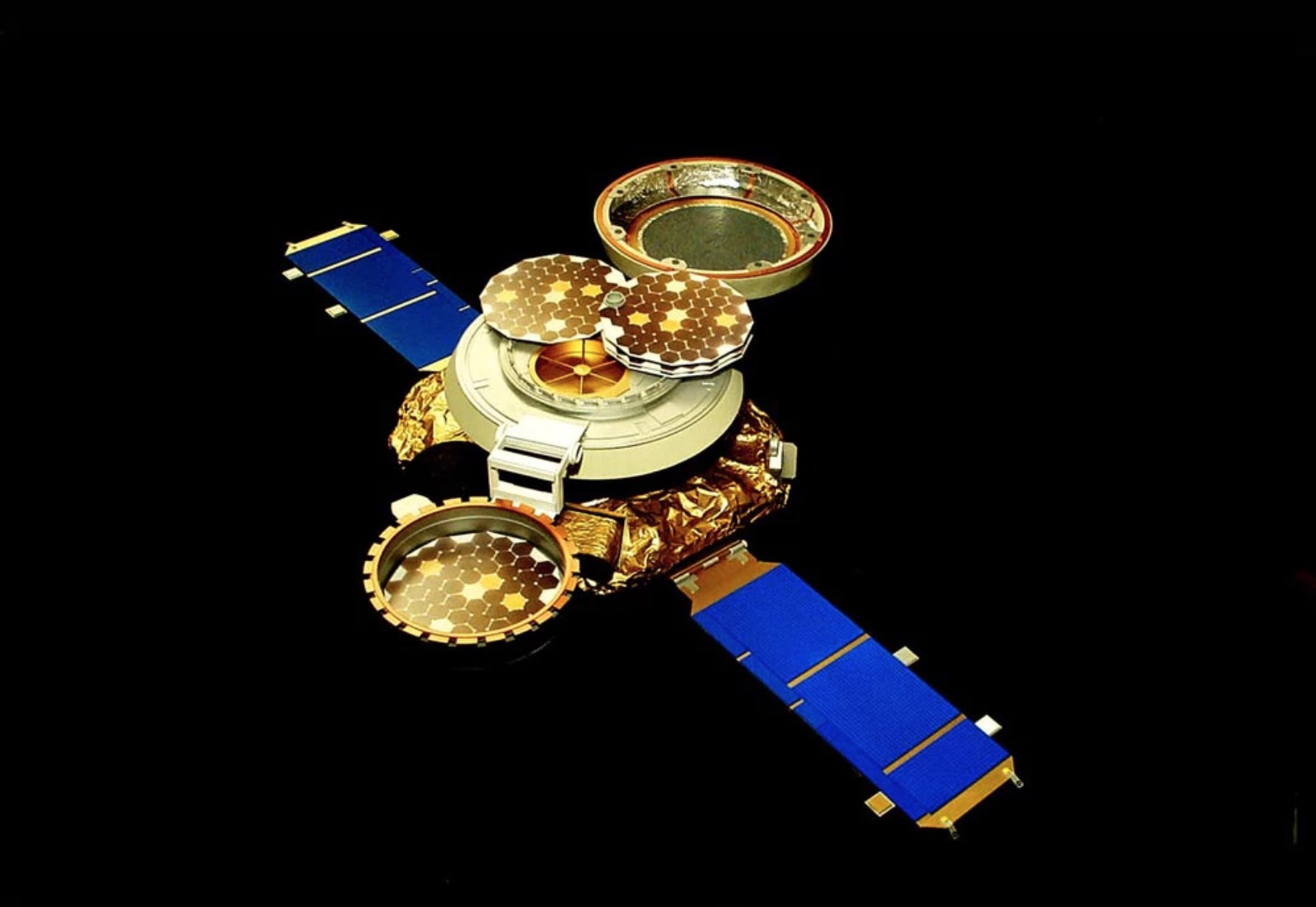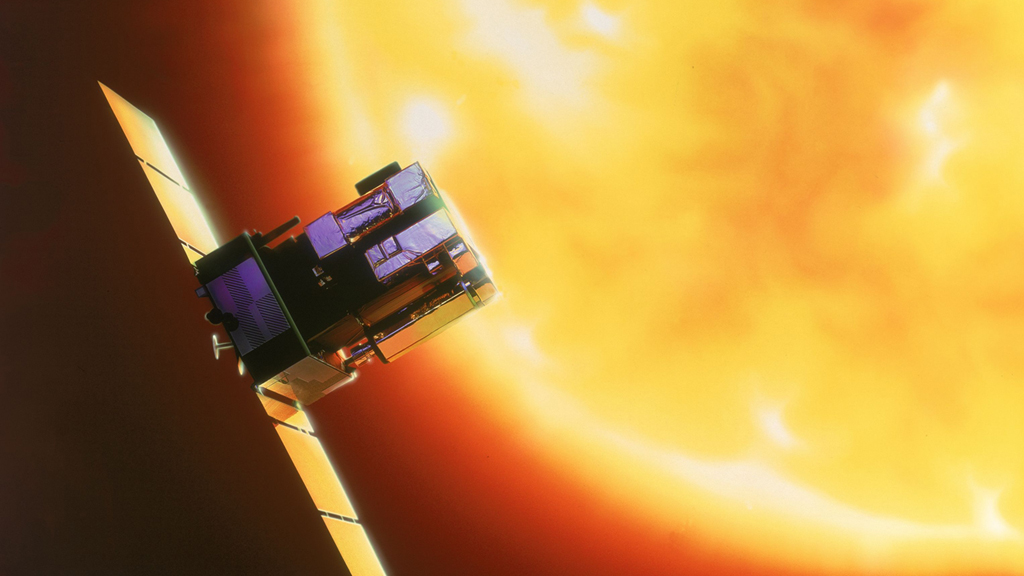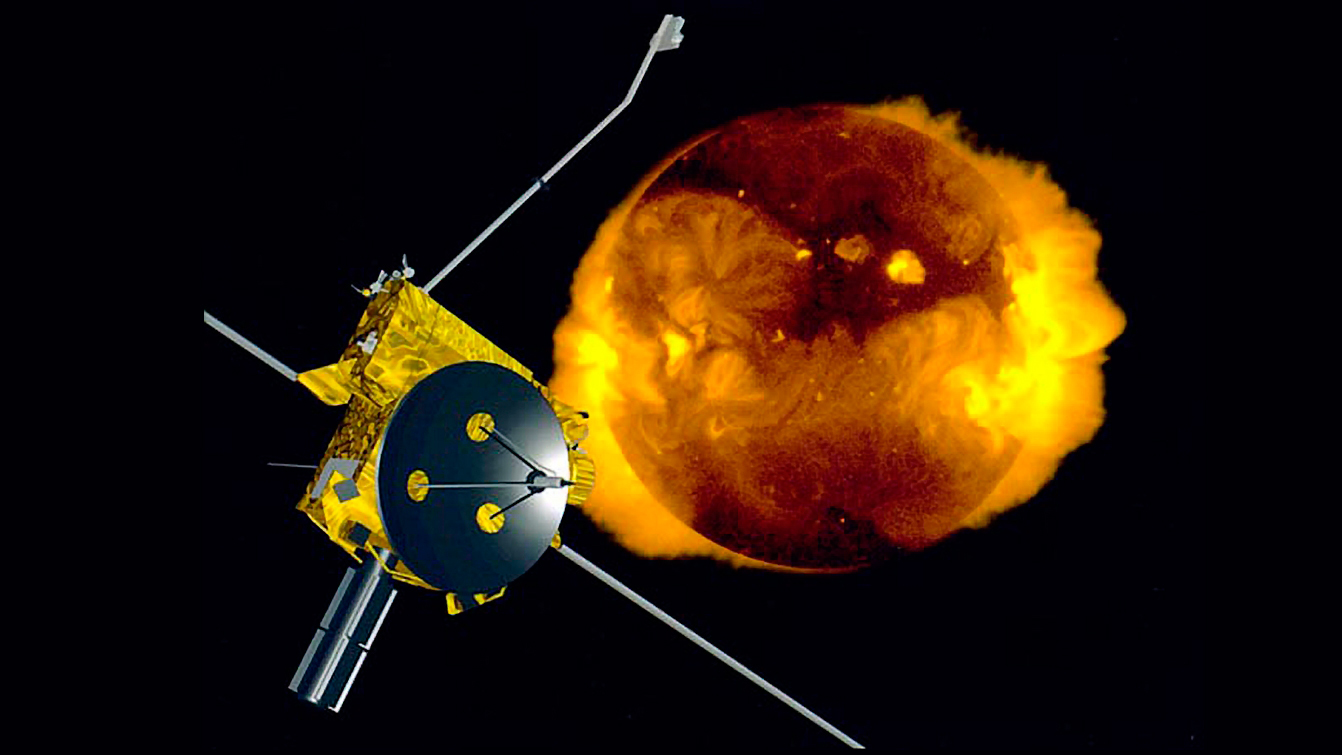The greatest missions to the sun of all time

The sun is Earth's closest stellar neighbor. It provides energy that allows life to exist on our planet, but that energy comes at a cost; the sun has a variable environment that includes solar flares, coronal mass ejections of charged particles and the solar wind.
It is important for scientists to have a better understanding of how the sun behaves on a daily basis, because radiation emanating from it can affect astronauts or satellites in space.
Here are some of the most memorable missions to study the sun.
Genesis 2001 to 2004

Genesis was the first spacecraft to capture a sample of the solar wind, or the constant stream of particles that emanate from our sun. The spacecraft performed a three-year sampling round at a gravitationally stable area in space — known as Lagrange 1 — before returning to Earth. Unfortunately, the spacecraft made a hard landing after its parachute didn't deploy, according to NASA, but some of the sample did survive. "Researchers have already found evidence that the Earth possibly formed from different solar nebula materials than those that created the sun," NASA stated.
Related: Read more about Genesis
Solar and Heliospheric Observatory (SOHO) 1995 to present

SOHO is a collaboration between the European Space Agency (ESA) and NASA to study the sun, observing all the way from its core out to the solar wind. It launched on Dec. 2, 1995, for an original three-year mission, but its lifetime has been extended several times due to its ongoing success. Some of its major observations include studying the sun over two 11-year solar cycles, sending back information about the sun's structure and helping scientists better predict solar outbursts, according to ESA.
Related: Read more about SOHO
Transition Region and Coronal Explorer (TRACE) 1998 to 2010

TRACE's major goal was to better understand how magnetic fields and plasma (superheated gas) act in the sun's environment. The spacecraft helped scientists better understand the "geometry and dynamics of the upper solar atmosphere," NASA stated, which helped scientists get a better idea of the nature of the hot outer atmosphere called the corona. TRACE was also the first mission to study the sun during an entire solar cycle.
Ulysses 1990 to 2009

Ulysses, a joint mission between NASA and ESA, was designed to look at the heliosphere, which is the part of space under the influence of the sun. Using a gravity assist at Jupiter, Ulysses orbited the sun at its poles for 18 years. "The probe revealed for the first time the three-dimensional character of galactic cosmic radiation, energetic particles produced in solar storms and the solar wind," NASA stated.
Related: Read more about Ulysses
Yohkoh 1991 to 2001

Yohkoh (also known as Solar-A) was a Japanese-led spacecraft from the Institute of Space and Astronautical Science, the former name of Japan's space agency. The Earth-orbiting spacecraft imaged the sun in X-rays and with spectrometry. Some of its discoveries included showing that solar flares are "magnetic reconnection phenomena" caused by events in the sun's magnetic field and that the solar corona can change its scale dynamically, according to the Japanese Aerospace Exploration Agency (JAXA).
Solar Maximum Mission (1980-1989)

The Solar Maximum Mission was designed to study the sun at the height of its 11-year solar cycle, when solar flares and coronal mass ejections (CMEs) tend to be most frequent. It launched on Feb. 14, 1980, and it was briefly disabled by a malfunction in 1981, according to NASA. Astronauts on board the space shuttle Challenger serviced the spacecraft in April 1984 and set it free again for observations. It then continued its data gathering until burning up in Earth's atmosphere on Dec. 2, 1989. The mission found that the sun is brighter during the sunspot cycle maximum and also discovered several sun-grazing comets.
Related: Read more about the Solar Maximum Mission
Hinode (2006-present)

Japan's Hinode satellite (also known as Solar-B) focuses on the solar corona, the extremely hot upper atmosphere of the sun. Scientists aren't sure why the corona (at millions of degrees Celsius or Fahrenheit) is so much hotter than the lowest layer of the sun, the photosphere, which is about 10,000 degrees F (5,500 degrees C). Scientists hope for "an improved understanding of the mechanisms of solar explosions, which will in turn greatly help us predict how solar events affect Earth," according to the Japanese Aerospace Exploration Agency (JAXA).
Solar Terrestrial Relations Observatory (STEREO) (2006-present)

STEREO was launched with two spacecraft: STEREO-Ahead (which orbits the sun ahead of Earth in its orbit) and STEREO-Behind (which orbits the sun behind Earth). Its achievements include showing the three-dimensional structure of CMEs and showing how matter and energy flow to Earth, according to NASA. The mission continues to operate well beyond its design lifetime, although communication with STEREO-B was lost on Oct. 1, 2014, due to "multiple hardware anomalies," according to NASA. The agency briefly heard from STEREO-B again in 2016, but quickly lost contact and hasn't heard from it since.
Solar Dynamics Observatory (SDO) (2010-present)

The major goal of SDO is to better understand solar activity. Specifically, it examines how the sun's magnetic field is structured and generated, and how the sun's energy gets transformed into the solar wind, energetic particles and solar irradiance (flux of radiant energy) variations, according to NASA. One of SDO's major achievements is generating images to help scientists pinpoint magnetic-field variations and the sources of solar eruptions, NASA said in an image caption.
Related: Read more about SDO
Interface Region Imaging Spectrograph (2013-present)

IRIS focuses on the lower levels of the sun's atmosphere, which is a region that is called the interface region. The probe picks up information on how solar material moves through the sun, as well as the temperature of the region. This region sends solar material into the corona and the solar wind and also is behind most of the ultraviolet radiation that gets to Earth, according to NASA. In 2016, IRIS found that solar "bombs" of material heat the upper atmosphere, which may help explain how the corona gets so hot.
Related: How the Tiny IRIS Sun Observing Satellite Works (Infographic)
Join our Space Forums to keep talking space on the latest missions, night sky and more! And if you have a news tip, correction or comment, let us know at: community@space.com.
Breaking space news, the latest updates on rocket launches, skywatching events and more!

Elizabeth Howell (she/her), Ph.D., was a staff writer in the spaceflight channel between 2022 and 2024 specializing in Canadian space news. She was contributing writer for Space.com for 10 years from 2012 to 2024. Elizabeth's reporting includes multiple exclusives with the White House, leading world coverage about a lost-and-found space tomato on the International Space Station, witnessing five human spaceflight launches on two continents, flying parabolic, working inside a spacesuit, and participating in a simulated Mars mission. Her latest book, "Why Am I Taller?" (ECW Press, 2022) is co-written with astronaut Dave Williams.
